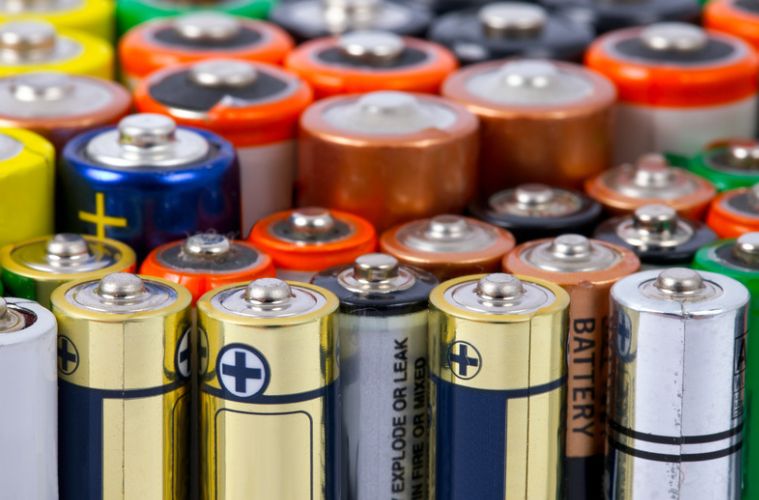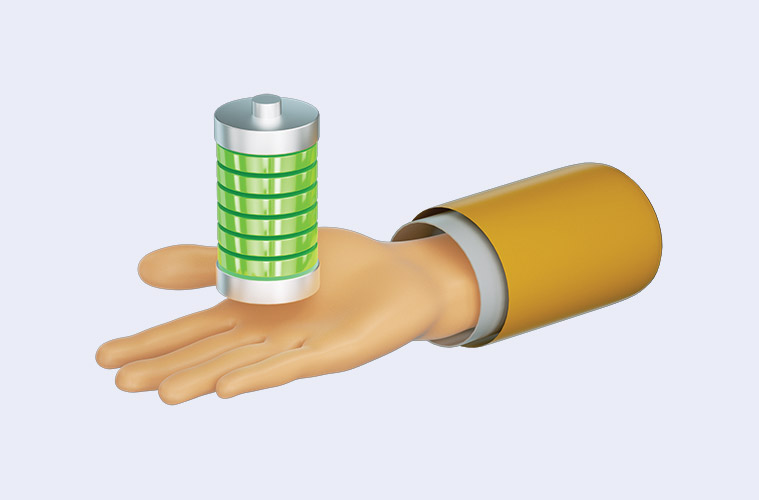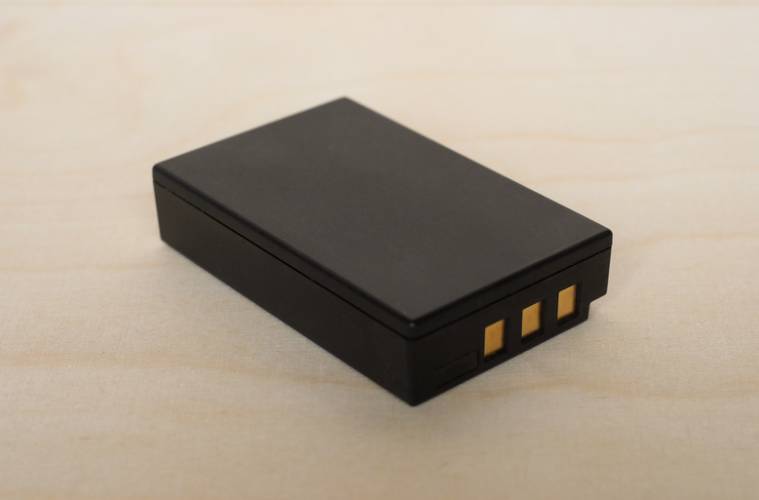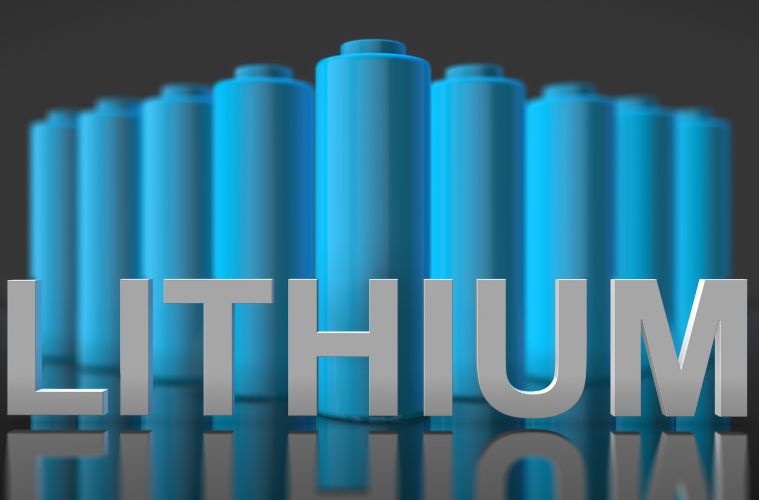
The shelf life of a battery depends on a few things like battery chemistry, quality of the battery cells and storage environment.
Nickel Cadmium (Nicad, NiCD)is one of the oldest chemistry used these days. They are still used because they can operate in a wide range of temperatures. Ni-Cd batteries can also be stored for a longer period and have more charge cycles compared to the other batteries. But Ni-Cd batteries had the least energy density when it comes to energy storage capability or capacity, meaning the same volume of a Ni-Cd battery will come with the least capacity (mAh) compared to newer technology. They are also more toxic to the environment. Ni-Cd batteries also suffer from what is called the Memory Effect.
The typical shelf life for Ni-cad batteries could be about 36 months in ideal conditions. As per our experience, they last approximately 18 months.
Ni-Cd batteries may have 1000-1500 charge cycles if maintained properly, depending on the quality of the cells.
Nickel metal hydride (NiMH) batteries had more dense chemistry compared to Ni-CD. They come in a higher capacity for the same volume compared to Ni-Cd batteries. The higher capacity in Ni-Mh batteries compensates during storage and does not need a charge for a longer duration. Ni-Mh batteries are less prone to Memory Effect compared to Ni-CD. They have a charge cycle of 700-1000 cycles.
Ni-MH batteries may have a shelf life of 2-3 years, but some manufacturers may put it to 5 years.
Lithium Ion, Lithium Polymer, Li-Ion, LiPO, all comes under Lithium batteries. This battery comes with the highest charge density. They are increasingly popular for modern portable devices like cell phones, tablets, Laptops and smartwatches. Li-ion is also a volatile chemistry. We hear about accidents related to Li-ion batteries from time to time. Because of this, there are special shipping regulations regarding Li-ion batteries.
Li-ion batteries may have 600-1000 charge cycles. They do not suffer from Memory Effect at all and can be charged anytime and has low maintenance. The shelf life of lithium rechargeable batteries varies based on chemical compounds and uses. A bare cell (no circuitry protection) can easily last four years. However, most battery packs have multiple cells that have circuitry protection. The integrated circuit (IC) uses the power to remember how much charge/discharge the pack can perform with. That causes a slow discharge. Once the pack loses power, so does the IC, which can render the battery pack useless. From our experience, a cellphone, laptop, and tablet battery will usually have a shelf life of at most two years.




